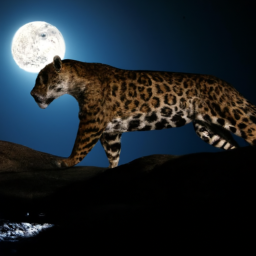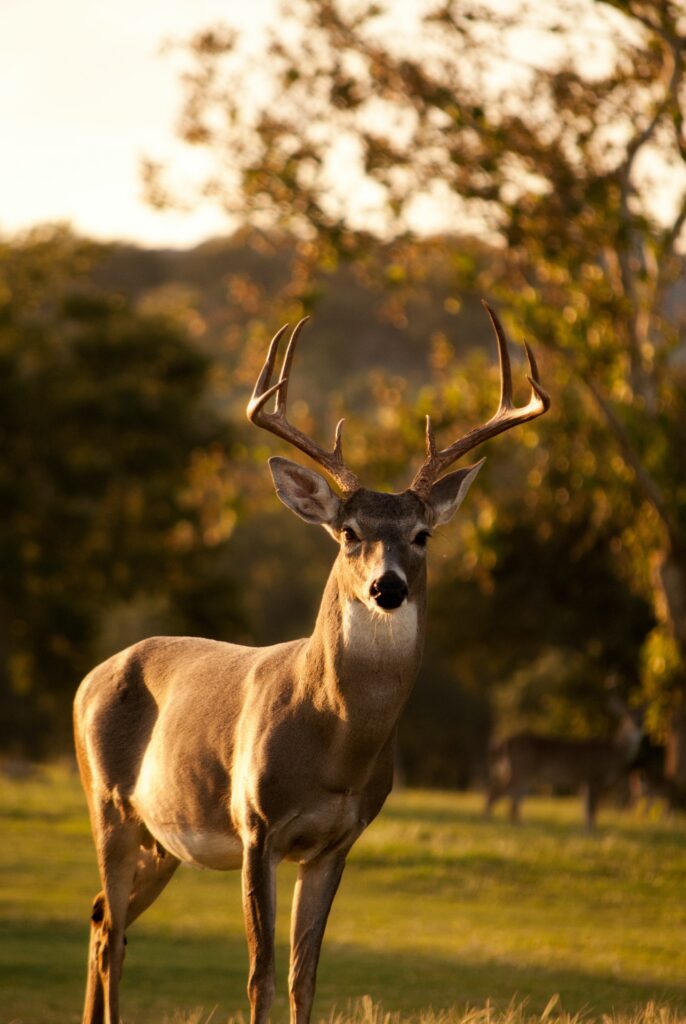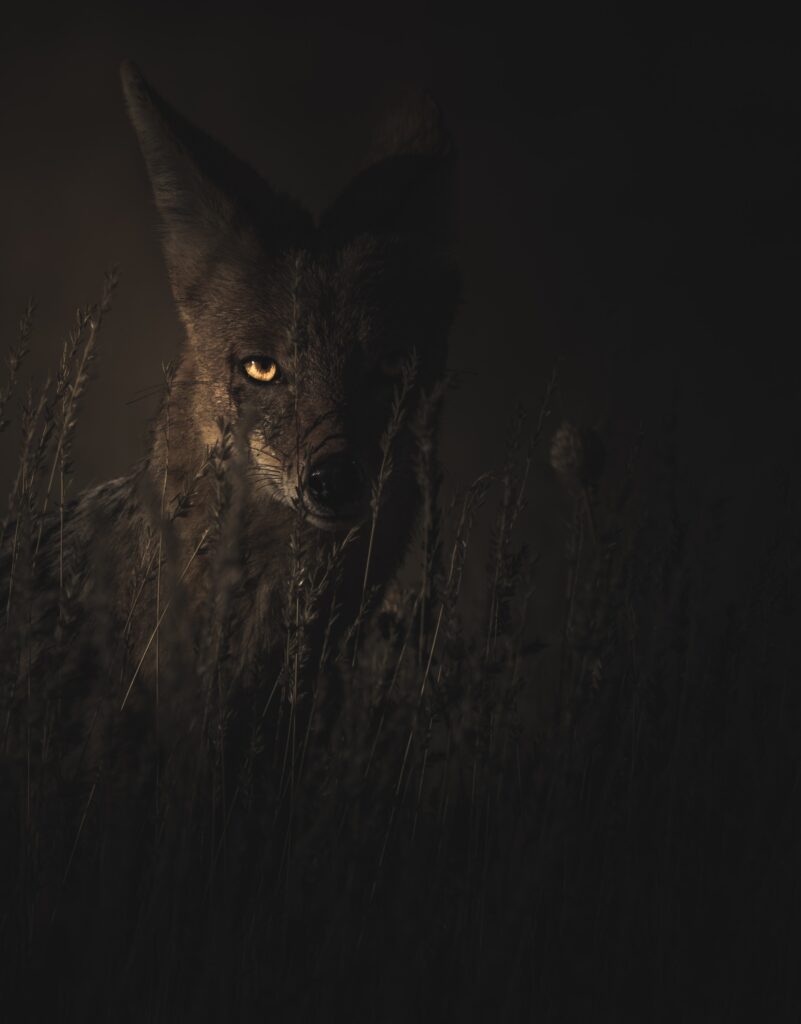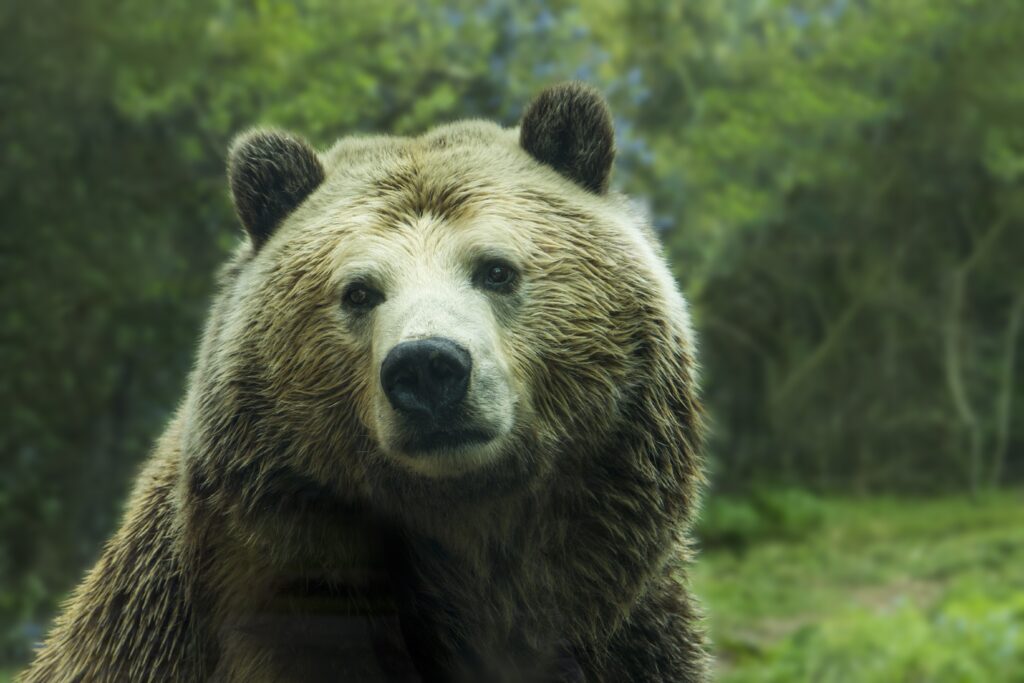
Have you ever wondered about the extraordinary creatures that inhabit our planet? Look no further than the fascinating world of “Most Unique Animals.” This awe-inspiring product offers a collection of the most extraordinary and captivating creatures that exist, showcasing their exceptional features and characteristics. From the peculiar and rare to the bizarre and breathtaking, “Most Unique Animals” is a true testament to the wonders of nature. Get ready to embark on an unforgettable journey through the animal kingdom and discover the incredible diversity that our planet has to offer.
The Axolotl
Physical characteristics of the Axolotl
The Axolotl, scientifically known as Ambystoma mexicanum, is a fascinating amphibian that stands out for its distinct physical characteristics. Native to Mexico, this creature displays a permanently juvenile appearance, retaining larval features even into adulthood. With a length ranging from 6 to 18 inches, the Axolotl showcases a stocky body covered in smooth, slimy skin. It has a flattened head, small eyes, and external feather-like gills that extend from the sides of its head. This unique combination of traits gives the Axolotl a rather endearing and otherworldly appearance. Axolotls also exhibit a variety of colors, including shades of brown, gray, and albino.
The Axolotl’s unique regenerative capacity
One of the most remarkable aspects of the Axolotl is its unparalleled regenerative capacity. Unlike most other animals, Axolotls have an incredible ability to regenerate lost body parts, including limbs, spinal cord, heart, and even parts of their brain. This remarkable feature makes them highly valued in the field of biological research and regenerative medicine. Consequently, scientists have been studying the Axolotl’s regenerative capabilities in hopes of unraveling the secrets behind tissue regeneration and applying this knowledge to human medicine. Whether it is the regrowth of an injured limb or the restoration of damaged vital organs, the Axolotl has undoubtedly captured the fascination of researchers worldwide.
Habitat and existence status
Axolotls are exclusively found in the ancient lakes of Xochimilco and Chalco, located near Mexico City. Their natural habitat consists of freshwater bodies with a combination of shallow waters, marshes, and canals, providing them with an ideal environment for survival. However, due to urbanization and pollution, the natural habitat of the Axolotl has significantly deteriorated. Consequently, their population has declined drastically, leading to their classification as critically endangered by the International Union for Conservation of Nature (IUCN). Conservation efforts are being actively pursued to protect the remaining Axolotl population and restore their natural habitat to ensure the survival of this unique and invaluable species.
The Proboscis Monkey
Extraordinary facial features of the Proboscis Monkey
One cannot help but be captivated by the extraordinary facial features of the Proboscis Monkey, scientifically known as Nasalis larvatus. As the name suggests, this monkey’s most distinguishing characteristic is its remarkably long and fleshy nose, or proboscis. The nose of a male Proboscis Monkey can grow up to seven inches in length, giving it an incredibly distinct and prominent feature. The purpose of this elongated nose is still a subject of debate among scientists, with theories suggesting it helps in resonating vocalizations, attracting mates, or regulating body temperature. Nevertheless, this unique physical characteristic undoubtedly sets the Proboscis Monkey apart from any other primate species.
Unique mating habits and social structure of the monkeys
In addition to its unusual nose, the Proboscis Monkey also possesses unique mating habits and a complex social structure. These monkeys live in groups known as harems, which consist of one dominant male, multiple females, and their offspring. The alpha male, with his enlarged nose, assumes the role of a leader and protector of the harem. During the mating season, the females display a strong preference for males with larger noses, considering them more attractive and dominant. While this may seem peculiar, it is a characteristic that has evolved over time, ensuring the survival and reproductive success of the species. The social dynamics and mating rituals of the Proboscis Monkey continue to intrigue scientists and wildlife enthusiasts alike.
The monkey’s swampy habitat and survival challenges
The Proboscis Monkey is primarily found in the mangrove forests of Borneo, inhabiting the coastal areas and riversides of this lush island. Its chosen habitat, characterized by its swampy environment, provides the monkey with ample food sources, including leaves, fruits, and seeds from various plant species. However, this unique habitat also presents its own set of challenges. The Proboscis Monkey is remarkably adapted to life in mangroves, possessing specialized digestive systems that allow it to efficiently process and extract nutrients from its herbivorous diet. Nevertheless, like many other endangered species, the Proboscis Monkey faces imminent threats due to habitat loss caused by deforestation and the expansion of palm oil plantations. These activities not only destroy their homes but also fragment their populations, jeopardizing their long-term survival.

This image is property of images.unsplash.com.
The Aye-aye Lemur
The Aye-aye’s unusual appearance
When it comes to unusual appearances, the Aye-aye Lemur, scientifically known as Daubentonia madagascariensis, certainly stands out. Found only on the island of Madagascar, this primate has a distinctive appearance characterized by its large, round eyes, bat-like ears, and remarkable elongated middle finger. The combination of its features gives the Aye-aye an alien-like appearance that is both captivating and intimidating. Its striking appearance has often led to superstitions and cultural beliefs in Madagascar, considering the Aye-aye as a harbinger of death or an evil omen. Despite these misguided superstitions, the Aye-aye is a fascinating and unique lemur species that holds a significant place in the natural world.
Unique foraging habits and diet of the Aye-aye
The Aye-aye has developed exceptional foraging habits and a specialized diet that sets it apart from other primates. With its elongated middle finger, the Aye-aye taps on trees, listening for the vibrations caused by grubs or insects that may be hiding within. Once located, it gnaws through the bark and uses its slender finger to extract the prey. This unique foraging technique, known as percussive foraging, allows the Aye-aye to access hidden food sources that other animals cannot reach. Additionally, the Aye-aye possesses continuously growing incisors, similar to rodents, enabling it to chew through tough tree bark with ease. While insects and grubs form the primary component of its diet, the Aye-aye also consumes seeds, nuts, nectar, and even small fruits, showcasing its versatility as an opportunistic feeder.
Lifestyle and current conservation status
The Aye-aye is primarily a nocturnal and solitary creature, spending its days resting in nests made from leaves and branches. As with many lemurs, the Aye-aye faces threats to its survival due to habitat destruction caused by deforestation, as well as hunting by humans, who view it as a pest or due to cultural beliefs. As a result, the Aye-aye is classified as endangered by the IUCN, and conservation efforts are in place to protect its habitat and raise awareness about its ecological importance. Understanding the Aye-aye’s unique ecological role and conserving its habitat will be crucial in ensuring the continued existence of this captivating and distinctive lemur species.
The Leafy Sea Dragon
Physical attributes resembling seaweed
In the mesmerizing depths of the ocean, one can find the Leafy Sea Dragon, scientifically known as Phycodurus eques, showcasing its incredible camouflage. These amazing creatures possess physical attributes that closely resemble seaweed, making them virtually indistinguishable from their surroundings. The Leafy Sea Dragon has long, slender bodies covered in elaborate leaf-like appendages, ranging in color from brown to green. These leafy extensions effectively disguise the sea dragons amidst the swaying seaweed, providing them with exceptional protection against predators and aiding in their hunting strategy. The intricate and delicate design of the Leafy Sea Dragon’s appearance is a testament to the wonders of nature and the remarkable adaptations that organisms undergo to survive in their unique habitats.
Feeding habits and prey
The Leafy Sea Dragon is a master of stealth and camouflage, utilizing its unique appearance to its advantage in more ways than one. Given its physical resemblance to seaweed, it is no surprise that its diet primarily consists of tiny crustaceans and small marine invertebrates. These creatures become entangled in the sea dragon’s leafy appendages as it drifts through the water, ensuring a constant supply of prey. Incredibly, the Leafy Sea Dragon does not possess teeth. Instead, it relies on its long, tubular mouth to create a vacuum-like suction, sucking in its unsuspecting prey when the perfect opportunity arises. This remarkable hunting mechanism, combined with its exceptional camouflage, allows the Leafy Sea Dragon to thrive in the equally mesmerizing ecosystem of the ocean depths.
Reproduction and survival status
The Leafy Sea Dragon exhibits fascinating behaviors when it comes to reproduction. The males are responsible for carrying and nurturing the fertilized eggs until they hatch, a behavior commonly referred to as “male pregnancy.” After mating, the female deposits about 250 eggs onto a specialized patch on the male’s tail, where they remain for approximately six weeks until they hatch. During this period, the male provides constant protection and maintenance by oxygenating the eggs and preventing any potential harm. Once hatched, the juvenile sea dragons begin their journey into the vast ocean, facing numerous survival challenges along the way.
While not yet recognized as officially endangered, the Leafy Sea Dragon faces threats due to habitat degradation, pollution, and accidental capture by humans. Although their mesmerizing appearance has made them popular among aquarium enthusiasts, conservation efforts are crucial to ensure their long-term survival. By preserving their natural habitats and raising awareness about the importance of marine conservation, we can help protect the Leafy Sea Dragon and maintain the delicate balance of our oceans’ ecosystems.

This image is property of images.unsplash.com.
The Narwhal
Distinctive unicorn-like tusk
Imagine a creature with a long, spiraled tusk protruding from its head, reminiscent of the mythical unicorn. That is precisely what the Narwhal, or Monodon monoceros, brings to reality. This unique marine mammal, found in the Arctic waters of Canada, Greenland, and Russia, possesses a single long tooth that can grow up to 10 feet in length. While both males and females possess small, vestigial teeth, it is primarily the males that develop this extraordinary tusk. The purpose and function of the Narwhal’s tusk have long been debated among scientists, with theories ranging from sensory perception to dominance displays. Regardless of its purpose, this majestic spiral tusk has captivated the imagination of many throughout history and continues to be a subject of fascination and wonder.
Habitat in Arctic waters
Narwhals are well adapted to the extreme conditions of the Arctic waters they call home. They inhabit the icy regions of the Arctic Ocean, spending most of their lives in the frigid waters that remain partially frozen for a significant part of the year. These creatures are known for their impressive diving abilities, capable of descending to depths of over 5,000 feet, where they search for their preferred prey of fish, squid, and crustaceans. Narwhals are highly social animals, often forming groups of several individuals known as pods. These pods can consist of hundreds or even thousands of Narwhals, creating a thriving and interconnected community in the vastness of the Arctic.
Narwhal’s unusually long lifespan
The Narwhal’s lifespan is truly remarkable, with individuals capable of living for over 50 years. This longevity is testament to the species’ ability to adapt and survive in the challenging Arctic environment. However, like many other Arctic species, the Narwhal faces various threats to its existence. Climate change and the subsequent loss of sea ice have adverse effects on their habitat, altering the availability of resources and potentially disrupting their intricate social dynamics. Additionally, the increase in human activities, such as oil exploration and shipping, poses additional risks to Narwhals. Recognizing the importance of conservation efforts and sustaining the delicate balance of Arctic ecosystems is paramount to ensuring the survival of these extraordinary creatures.
The Saiga Antelope
Unique oversized, flexible nose
A creature known for its distinctive oversized nose, the Saiga Antelope, scientifically known as Saiga tatarica, truly stands out among its peers. Found in the grasslands and semi-arid regions of Central Asia, the Saiga Antelope possesses a nose characterized by a hump-like shape and an elongated, flexible snout. This peculiar feature allows the Saiga to filter and warm the cold, dry air during the harsh winters and also helps prevent inhaling dust and sand during the windy summers. The Saiga’s nose acts as an efficient tool, enabling it to adapt and survive in its challenging habitat while attaining a truly unique physical appearance.
Migration habits and population dispersion
The Saiga Antelope is known for its extraordinary migration patterns, with herds traveling vast distances across their expansive habitat. These migratory movements are driven by the search for food and water, particularly during the dry seasons. During migration, the Saiga Antelope forms enormous herds that can range in size from hundreds to thousands of individuals. These herds not only assist in locating resources but also provide protection against predators, as the sheer number of Saigas in a group makes it more difficult for predators to single out an individual. The cycle of migration plays a crucial role in the dispersion and genetic diversity of the Saiga population, contributing to their overall resilience and adaptability.
Threats and conservation status
Unfortunately, the Saiga Antelope has faced severe threats to its population in recent times. The dramatic decline in numbers has led to the classification of the Saiga as critically endangered by the IUCN. Historically, poaching has been a significant factor in their decline, driven by the demand for their horns in traditional medicine and illegal wildlife trade. In addition to poaching, habitat loss due to agricultural expansion and climate change further compounds the challenges faced by Saiga Antelopes. These factors, combined with the Saiga’s relatively low reproductive rates, have placed their population at great risk. Conservation organizations and government agencies have recognized the urgency in protecting the remaining Saiga Antelope population, implementing various initiatives to combat poaching, restore habitats, and establish protected areas. It is our collective responsibility to support these conservation efforts and preserve the rich biodiversity represented by the Saiga Antelope.

This image is property of images.unsplash.com.
The Kakapo
Characteristics making Kakapo the exceptional parrot
The Kakapo, scientifically known as Strigops habroptilus, can best be described as the epitome of uniqueness within the parrot species. Native to New Zealand, the Kakapo is not only the world’s heaviest parrot but also the only known flightless parrot species. Additionally, the Kakapo stands out for its distinct moss-green feathers, blending seamlessly with the forest floor of its native habitat. The Kakapo’s wings, while non-functional for flight, aid in balance and maneuverability as it moves through the dense vegetation. Its charismatic personality, affable behavior, and soft, resonating boom-like call contribute to making the Kakapo one of the most adored and sought-after parrot species for conservationists and bird enthusiasts alike.
Reproduction habits and challenges
The Kakapo possesses unique reproductive habits that have contributed to both the challenges it faces and the conservation efforts dedicated to its preservation. Kakapo females are known to only breed every two to four years, and their reproductive success is heavily influenced by factors such as the availability of food and environmental conditions. The Kakapo breeding season usually coincides with the mast fruiting of native trees in New Zealand, ensuring an abundant food supply for both the female and her offspring. However, due to its low population numbers, the Kakapo faces the risk of inbreeding, which can lead to reduced genetic diversity and potential health complications. To counteract this, conservationists employ artificial insemination techniques and closely monitor breeding success to enhance genetic diversity and increase reproductive rates. These efforts aim to restore the Kakapo population and safeguard its unique genetic heritage.
Conservation efforts for the endangered bird
Given its critically endangered status, significant conservation efforts have been implemented to protect and restore the Kakapo population. The Kakapo Recovery Programme, initiated in the 1980s, has played a vital role in the species’ survival and recovery. The program focuses on aggressive predator control to minimize the threat posed by introduced species, such as rats, stoats, and cats. Additionally, the establishment of offshore islands as protected sanctuaries has provided secure habitats for breeding and population growth. These conservation efforts, combined with extensive monitoring, captive breeding programs, and public education initiatives, have resulted in a gradual increase in the Kakapo population. However, the road to recovery remains challenging, emphasizing the need for sustained conservation efforts and community support to ensure the continued existence of this remarkable parrot species.
The Okapi
Physical features blending giraffe and zebra
The Okapi, known scientifically as Okapia johnstoni, possesses an appearance that truly showcases the marvels of nature’s creativity. Found exclusively in the dense rainforests of the Democratic Republic of the Congo, this solitary and elusive creature exhibits a striking blend of physical features. Resembling both a giraffe and a zebra, the Okapi has a body shape similar to that of a giraffe, with a long neck and powerful legs. Its coat displays a stunning contrast between brown body fur and bold black-and-white striped legs, closely resembling those of a zebra. The Okapi’s appearance serves as effective camouflage in its forest habitat, where dappled sunlight filters through dense foliage, allowing it to navigate and thrive in the shadows of the rainforest.
Solitary lifestyle and feeding habits
The Okapi is generally a solitary creature, spending much of its time alone as it forages throughout its extensive territory in the rainforest. This elusive behavior, coupled with its exceptional camouflage, makes it difficult for predators and humans alike to spot the Okapi in its natural habitat. These creatures are herbivores, primarily feeding on a varied diet consisting of leaves, buds, grasses, fruits, and other plant materials. The Okapi’s elongated tongue, which can reach a length of 18 inches, allows it to strip leaves from trees and efficiently acquire its food sources. While the Okapi’s charming appearance has captured the fascination of many, its reclusive nature and the dense forests it inhabits have made the study and conservation of these creatures a challenging task.
Conservation status and threats
The Okapi, often referred to as the “forest giraffe,” faces a range of threats due to deforestation, habitat fragmentation, and illegal hunting. The loss of its rainforest home poses a significant risk to the Okapi’s survival, as it relies on the dense vegetation for both food and shelter. Additionally, poaching for its meat and the commercially valuable skin further compromises the Okapi’s survival. Recognizing the importance of preserving this unique species, national parks and protected areas have been established in the Democratic Republic of the Congo, providing safe havens for Okapi populations. Beyond protected areas, targeted conservation initiatives and educational programs aim to raise awareness about the Okapi’s ecological significance and the importance of sustainable timber practices. By addressing these threats and fostering an understanding of the Okapi’s role in the fragile rainforest ecosystem, we can work towards securing a future for this extraordinary and beautiful creature.
The Shoebill Stork
Shoebill’s distinctive bill shape
The Shoebill Stork, scientifically known as Balaeniceps rex, is characterized by its striking appearance, particularly its distinctive bill shape. This large bird, typically found in the wetlands and swamps of tropical East Africa, possesses a massive, shoe-shaped bill that sets it apart from other avian species. The length of the bill, combined with its sharp, hooked tip, allows the Shoebill Stork to effectively capture and grasp its prey, which primarily consists of fish, frogs, and reptiles. The bill’s unique structure aids in the bird’s hunting strategy, providing it with a powerful tool to secure its sustenance in the marshy habitats it calls home.
Hunting habits and diet
The Shoebill Stork’s feeding habits and hunting techniques further contribute to its captivating nature. It primarily relies on a technique known as “stand-and-wait” hunting, where the stork patiently stands motionless for extended periods, camouflaging itself among the reeds and vegetation. This method allows the Shoebill to blend effortlessly into its surroundings, making it difficult for potential prey to detect any movement. Once an unsuspecting target ventures into its range, the stork swiftly strikes with its bill, engulfing its prey whole. The Shoebill Stork’s diet demonstrates its adaptation to the swampy habitat, where its specialized bill and hunting techniques are crucial for survival.
Habitat and survival challenges
The Shoebill Stork is typically found in the dense swamps, marshes, and wetlands of East Africa, particularly in countries like Sudan, Uganda, and Zambia. These unique habitats provide the ideal conditions for the Shoebill, offering an abundant supply of prey, shelter, and nesting sites. However, like many other species dependent on wetland ecosystems, the Shoebill Stork faces significant threats to its survival. Wetland degradation due to drainage, pollution, and human encroachment poses a serious risk to the species. Furthermore, the Shoebill’s naturally low reproductive rates and small population size make it particularly vulnerable to any disruptions in its delicate habitat. Recognizing the importance of conserving wetland ecosystems and implementing strict protection measures will be instrumental in safeguarding the future of this remarkable bird.
The Red-Lipped Batfish
Characteristic red lips and flat body
The Red-Lipped Batfish, known scientifically as Ogcocephalus darwini, sports a striking and peculiar appearance that makes it instantly recognizable among its marine counterparts. Found primarily in the Galapagos Islands, this fascinating fish exhibits a body shape and coloration that sets it apart from other aquatic species. Its most distinctive feature is its bright red, puckered lips, lending it its common name. Additionally, the Red-Lipped Batfish possesses a flattened body shape, allowing it to rest and navigate the ocean floor with ease. This adaptation aids in foraging and provides an ideal form for the unusual hunting strategy employed by this unique creature.
Unique ambulatory mechanism
Unlike most fish that rely on their fins for propulsion, the Red-Lipped Batfish has developed a rather unconventional method of movement. This species utilizes its modified pectoral fins, enabling it to “walk” along the ocean floor. By using its pelvic fins to perch itself on the substrate, the Red-Lipped Batfish “shuffles” its modified pectoral fins, propelling itself forward in a seemingly wobbling motion. While it may not be the most efficient or swift swimmer, its distinctive ambulatory mechanism allows for precise control over its movements on the seabed, providing an advantage when hunting or searching for potential mates.
Habitat in the Galapagos waters
The Red-Lipped Batfish is endemic to the waters surrounding the Galapagos Islands, a remote and diverse ecosystem renowned for its remarkable biodiversity. These fish are typically found in rocky underwater habitats close to the shoreline, dwelling at depths ranging from 3 to 76 meters. The Galapagos Islands’ unique marine environment, characterized by upwelling currents and a rich influx of nutrients, provides the Red-Lipped Batfish with an abundant food supply. Despite its localized habitat, this species remains relatively secure due to the conservation efforts in place to protect the Galapagos Islands’ fragile ecosystems.
In conclusion, the animal kingdom is filled with an astonishing array of creatures, each exhibiting its unique features and adaptations. From the regenerative capabilities of the Axolotl to the captivating appearance of the Red-Lipped Batfish, these animals never cease to amaze and inspire awe. However, many of these remarkable species also face numerous threats to their survival, including habitat loss, climate change, and human activities. It is our responsibility to recognize the importance of conservation efforts and work towards ensuring the protection and preservation of these extraordinary creatures. By valuing and preserving the biodiversity of our planet, we can continue to marvel at the wonders of nature and appreciate the incredible diversity of life.

